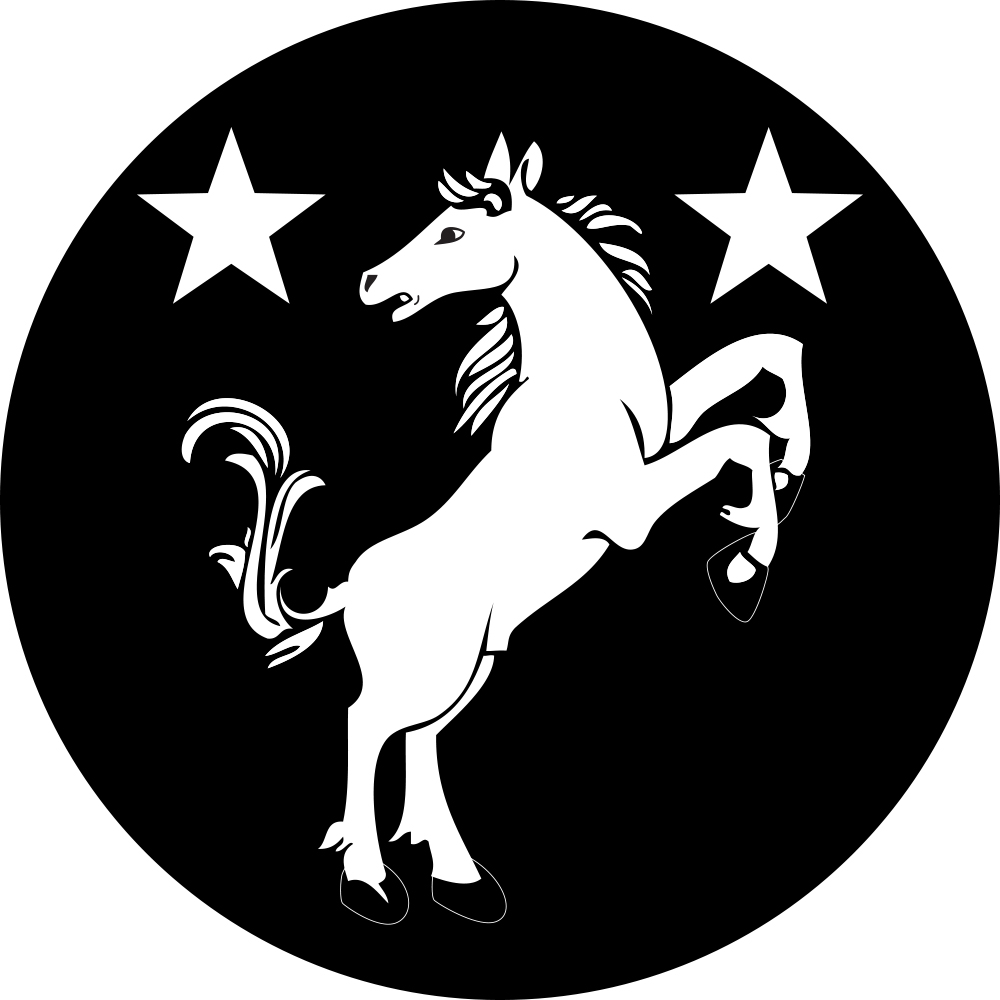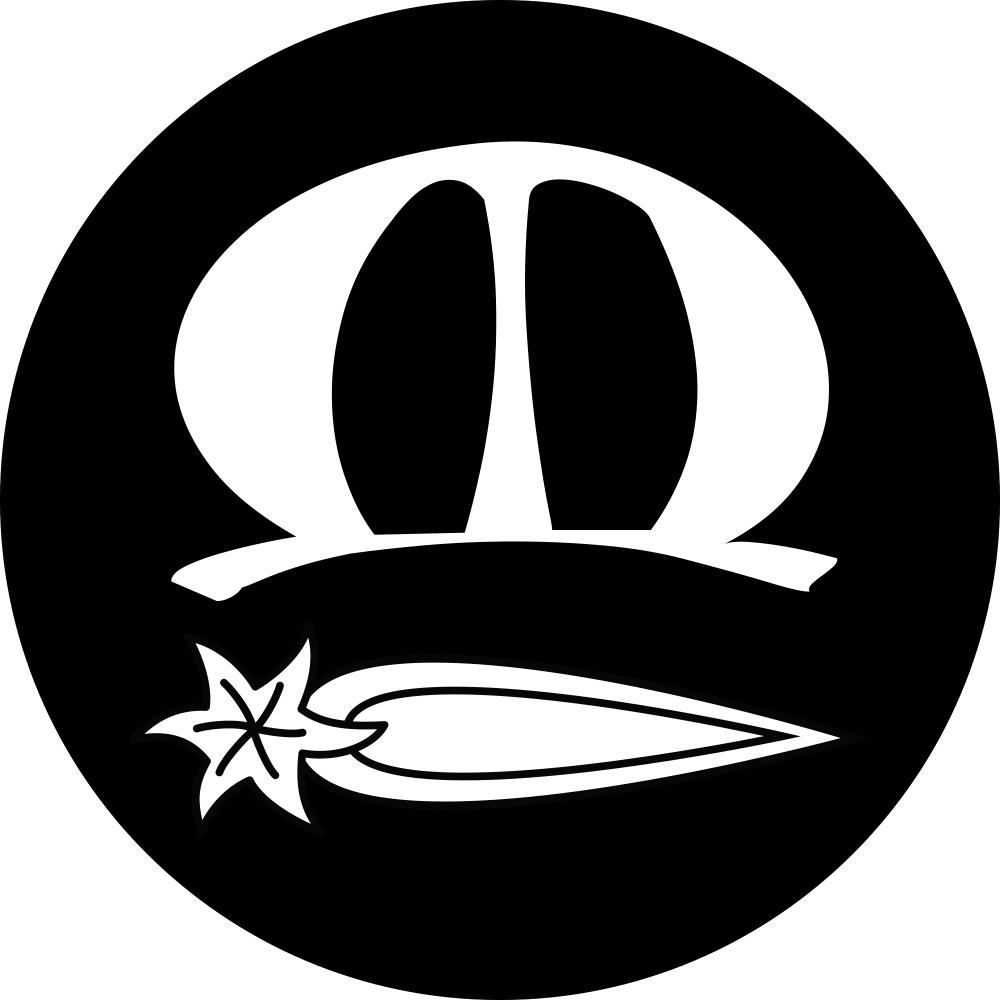Simply put, the illumination is the decoration on a scroll. In the previous pages we discussed Scroll Layout. Here we will be discussing illumination and the styles used in medieval times. In choosing your illumination design for the award, if you know who the recipient is, keep their persona in mind. If their persona is late period Italian, they may appreciate a late period Italian scroll more than they would appreciate an early period Anglo-Saxon scroll, and that little bit of extra research can go a long way in making the recipient feel appreciated.
There are many online resources available from the library museums who have digitized their manuscripts:

Image Search
Though Google image search is an excellent resource to find images of manuscripts. Please be aware of the quality of image and search for a higher resolution of any illumination you are deciding on. Often when you search google for this image you can often find the original source from the digital library or museum. This is generally the best option as the resolution is higher and one can zoom in exceptionally close for detail. Also the library generally gives the size of the manuscript and the colors used which can be helpful when recreating, and especially when submitting entries to be judged in Arts and Science Competitions.
Also be aware of the search terms you use. Adjusting search terms can improve the search results. Use the phrase “medieval manuscript” or “medieval illumination” plus a qualifier to narrow your search. When looking at an image make sure to note the region and date of the illumination.
The amount and type of illumination is at the artist’s discretion. Generally speaking, the amount of illumination should correspond with the level of the award. Though this is not a sumptuary law, it is generally expected. For example, a Merit-level Award, like an Award of Arms might have an illuminated capital and a simple border, an Order of High Merit level award might have a complete border, and a Patent Level Award might include miniatures and gilding and may use historically accurate (HA) period materials. Though awards of higher precedence may call for fancier or more complex scrolls, all scrolls should be beautiful.
Illumination Terms
The following are illumination terms to be familiar with:
- Miniature – refers to the main illumination at the beginning of the panel
- Display Initial – Upper case letters at the beginning of the text like a page header over-sized and painted and/or gilded.
- Historiated Initial – very large upper case letters decorated to tell a story inside and around the letter.
- Foliated Initial – very large upper case letter decorated with plants and flowers in and around them
- Inhabited Initial – very large upper case letters decorated with animal or human figures inside the letter.
- Decorated Initial – enlarged upper case letter at the beginning of a paragraph. Usually larger than a Versal
- Versals – term used for accentuated upper case letters within the text and beginning of paragraphs. Slightly larger than Capital Initials
- Capital Initials – upper case letters in the text box that are enlarged and colored within the text
- Marginalia – small animals or grotesques within the margins of a page

Miniature 
Display Initial 
Historiated Initial 
Foliated Initial 
Inhabited Initial and Decorative Initial 
Marginalia
Heraldry
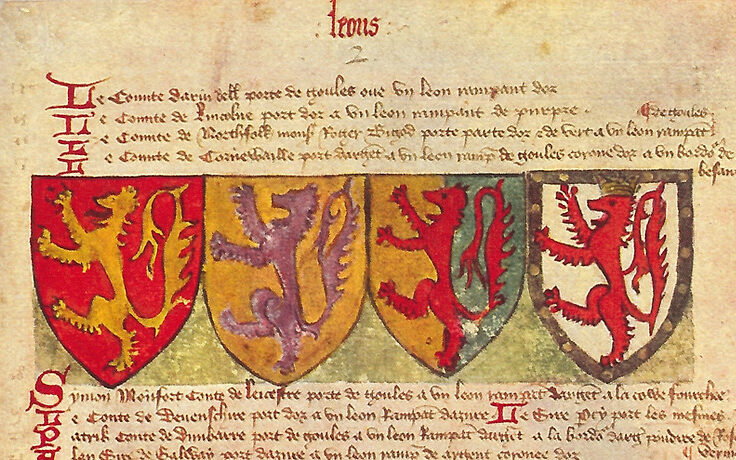
Badges or regalia of orders should be incorporated into the design as much as possible. Changes can be made, as needed, to the design of the original to fit the needs of the scroll, keeping in mind the space needed for the text box, signatures, and seals. Once you have all the changes made and design firmly in mind. Sketch out the basics of your design on your support using any HB pencil of your personal preference. Press gently with your pencil because you may need to erase over and over again to get it just right so that the fibers of the support are not disturbed in preparation for painting.
Crown’s Arms
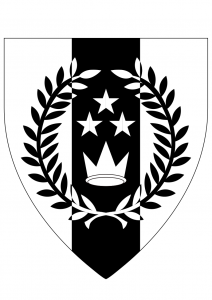
King’s Arms 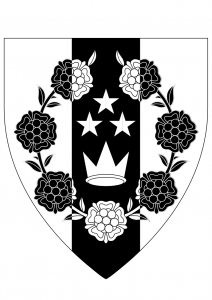
Queen’s Arms
Populace Badges
Peerages
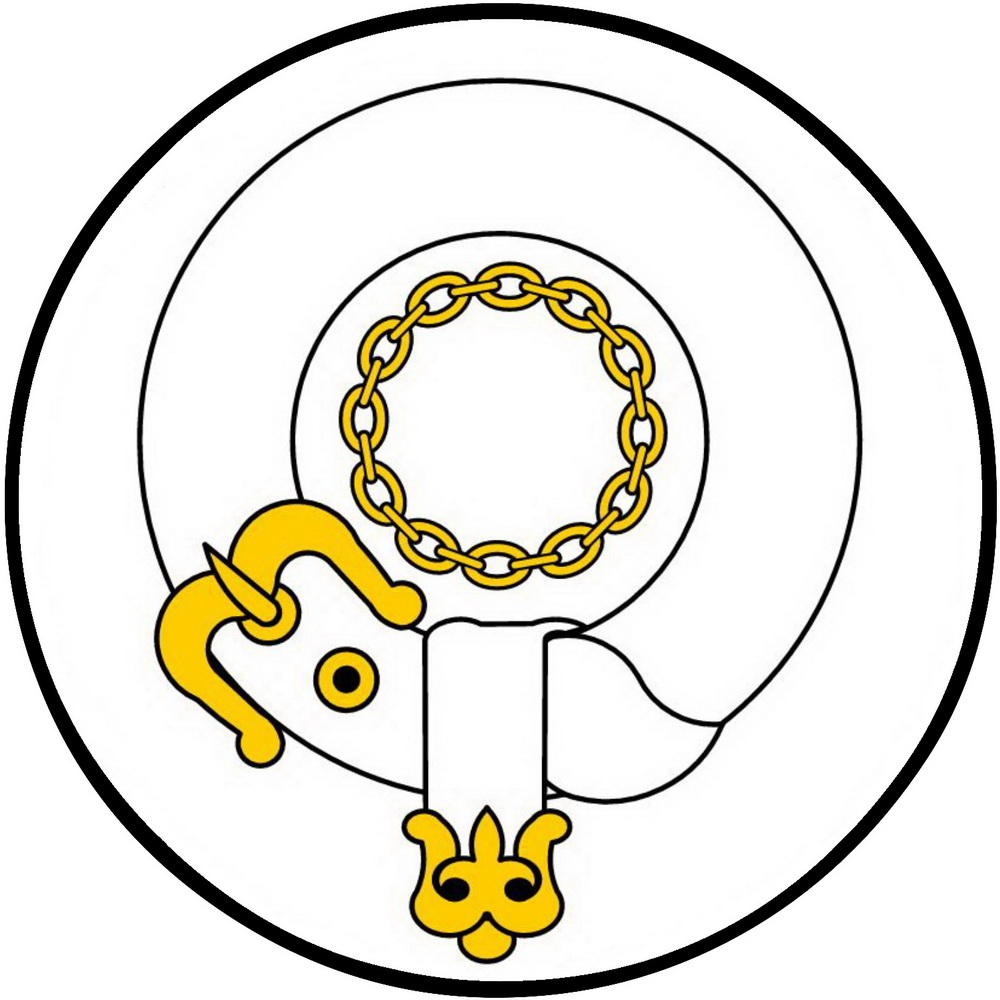
Chivalry 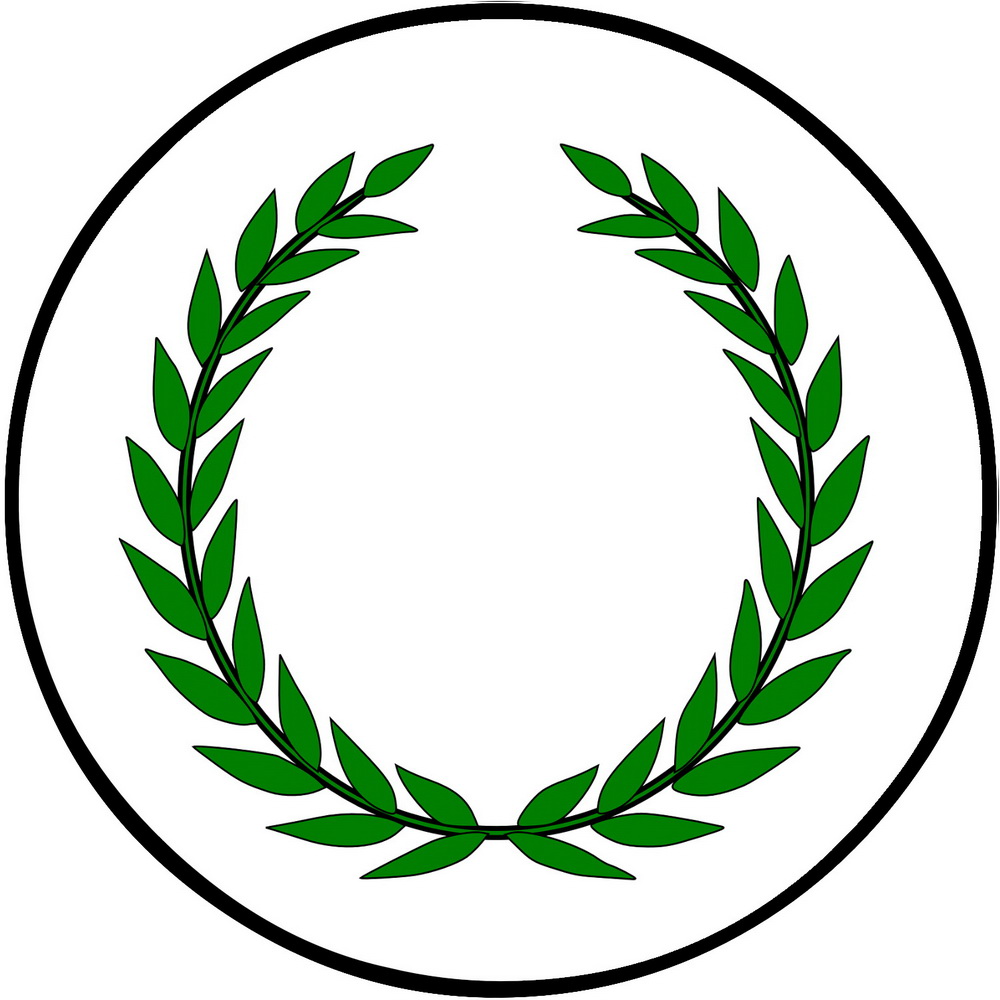
Laurel 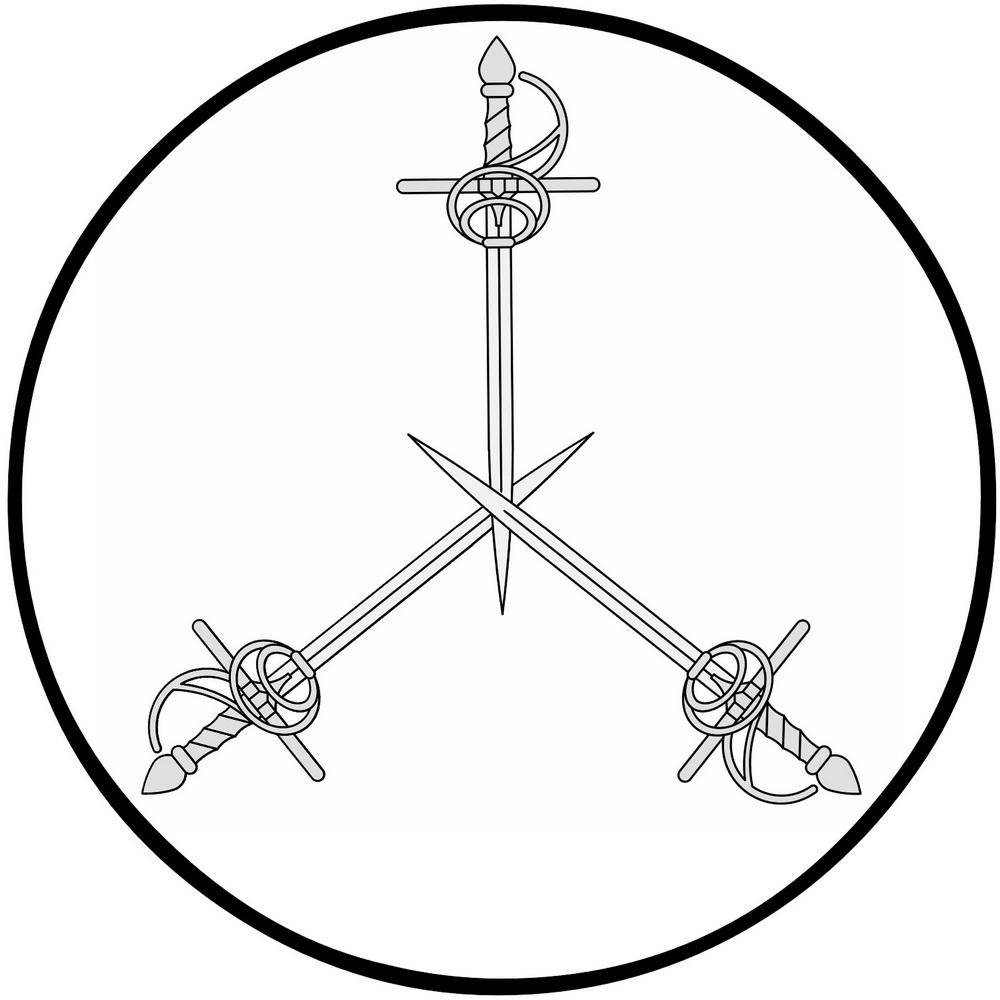
Masters of Defense 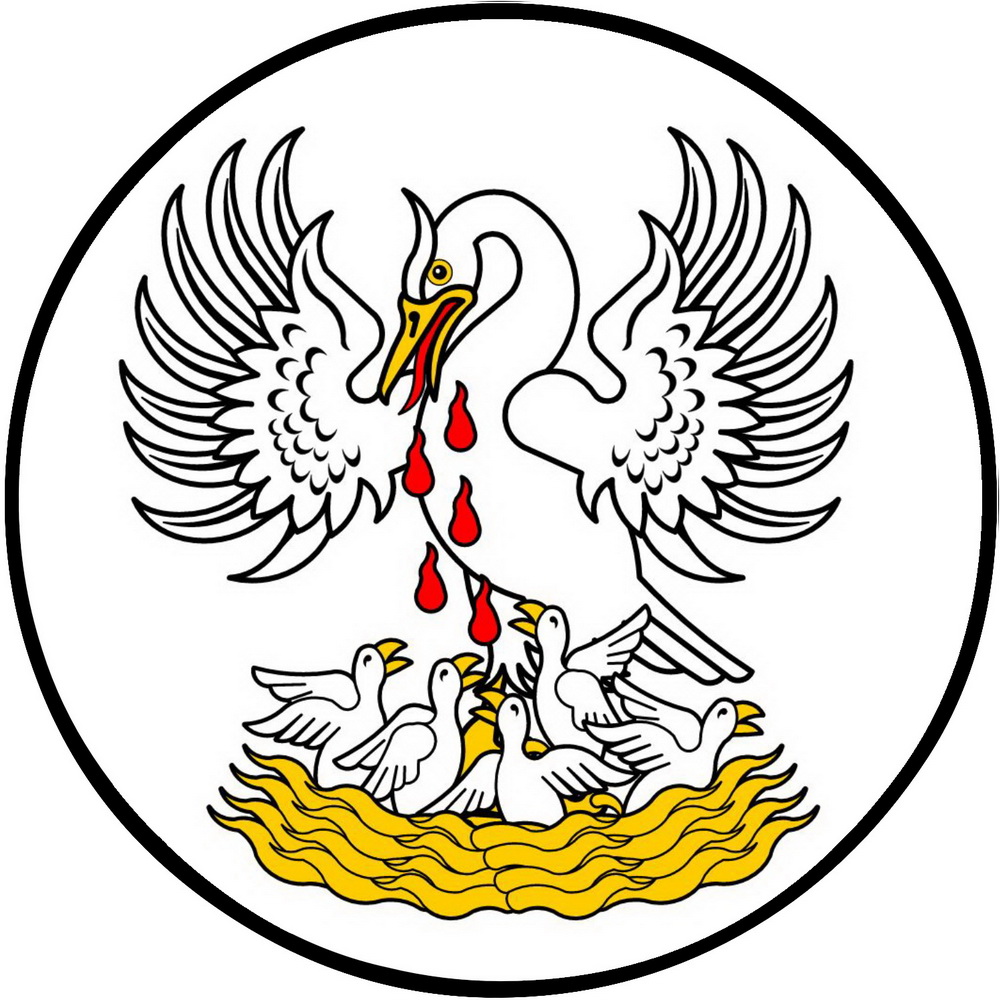
Pelican


